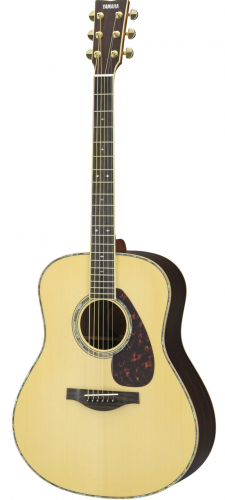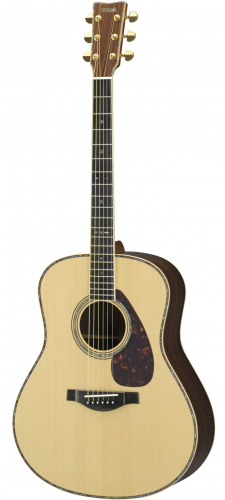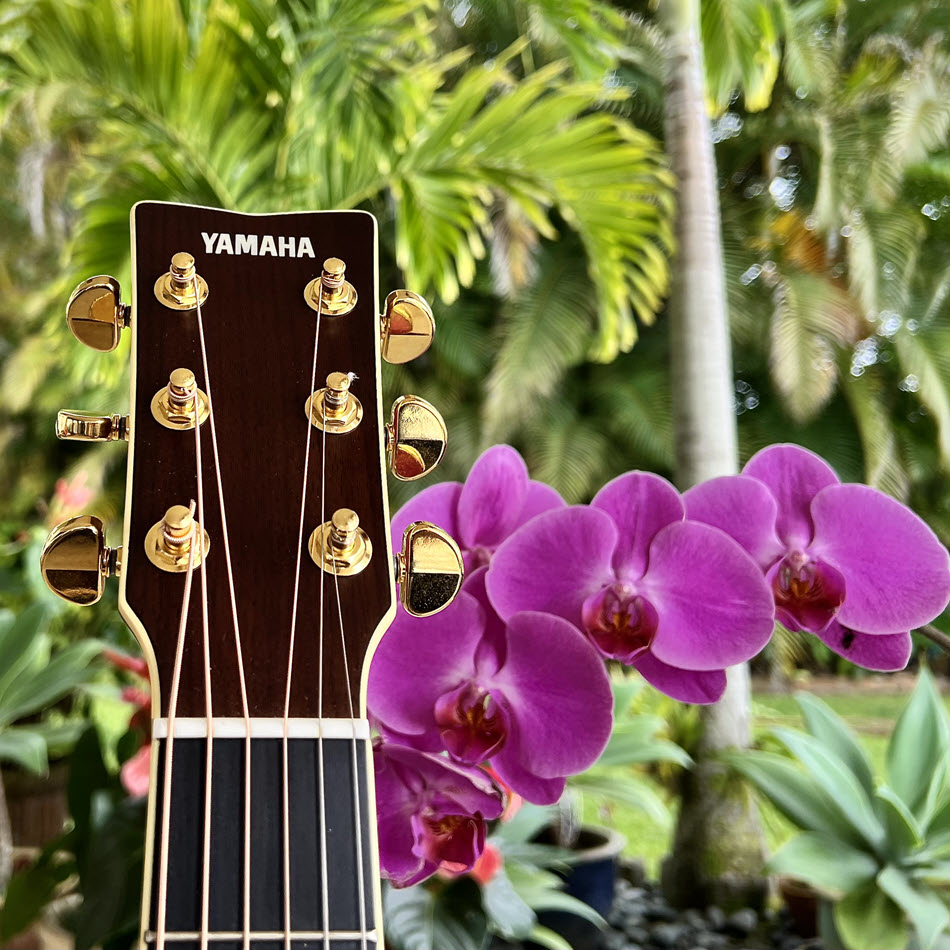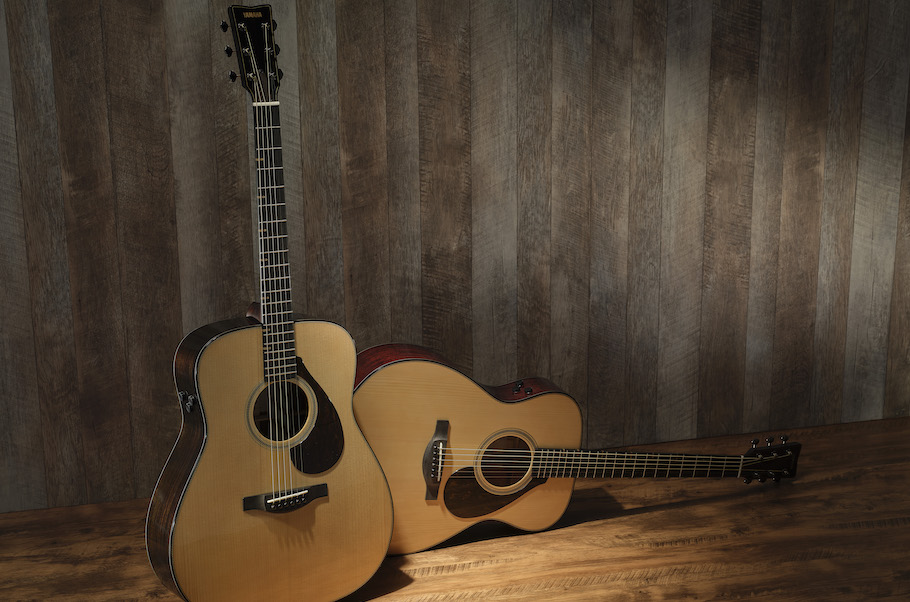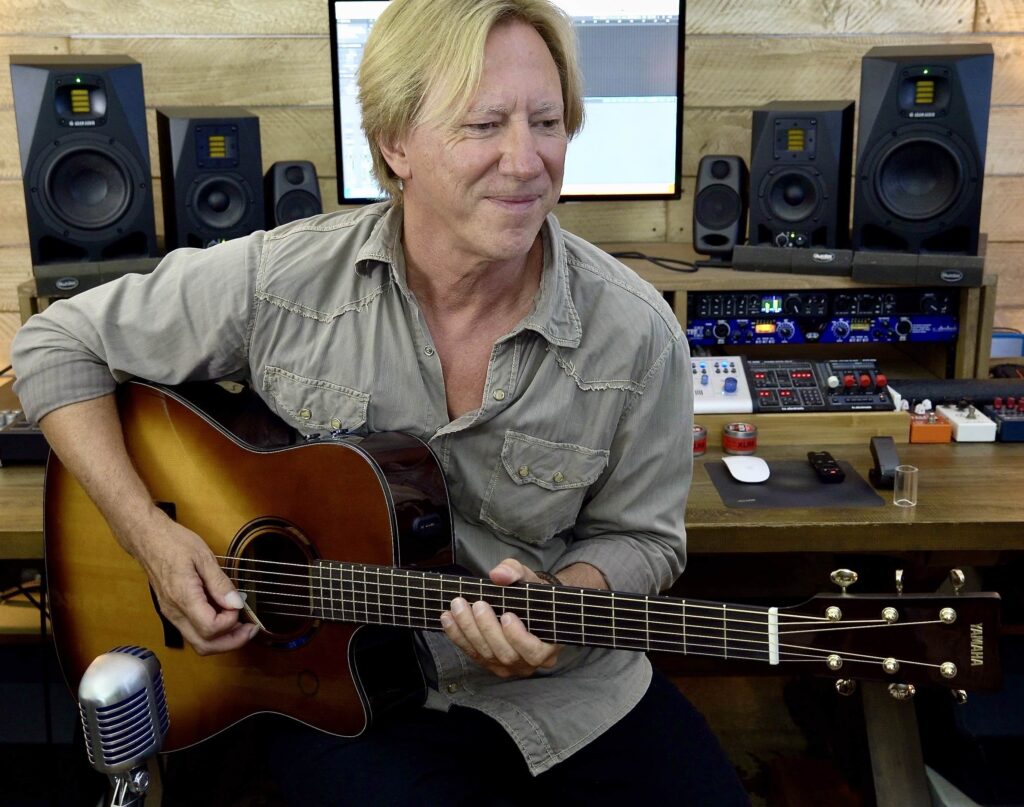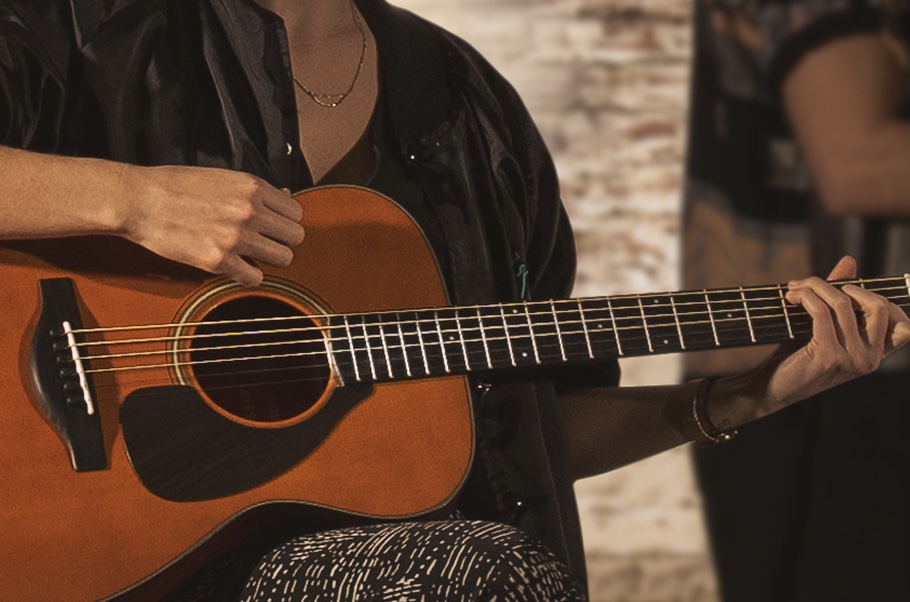Step Up to a Better Acoustic Guitar
Ready to take your playing to the next level? Here’s what you need to know.
As every guitarist knows, not all guitars are created equal.
Some models are designed especially for those new to the instrument. These entry-level guitars are generally inexpensive and are well-suited for beginners. For those guitarists that progress to the point where they’re ready to begin recording and/or performing live, there are intermediate-level instruments that offer improved sound and craftsmanship. And then there are premium instruments that offer superior tone and playability, along with the kind of reliability that advanced guitarists depend upon.
Here are five reasons why you should consider stepping up to a better acoustic guitar.
Better Tone
This may be somewhat subjective, but it’s fair to say that the better the guitar, the better the sound. One of the main reasons is the tonewoods used in the construction of the instrument. With over 130 years of building pianos (and nearly seven decades of crafting guitars), Yamaha certainly knows a thing or two about the subject! The company’s premium A5 Series guitars incorporate solid Sitka spruce tops with backs and sides of solid rosewood or mahogany and three-ply necks made of African mahogany. Their premium LL Series guitars feature solid Engelmann spruce tops and solid rosewood backs and sides, with five-ply mahogany and rosewood necks. Both offer ebony fingerboards and bridges.
While intermediate-level and premium guitars are usually constructed with solid woods, entry-level instruments often instead use laminated materials consisting of multiple thin layers of wood glued together. Solid wood generally sounds better than laminated wood because it transmits vibrations more effectively than layers of wood joined together with glue. That said, not all solid woods are equal, so it’s not possible to say that solid always sounds better than laminated wood. A well-designed guitar made of laminated woods, where the wood thickness, material choice and glue formula are perfectly refined, can sound good and be extremely durable. And because it’s where most of the vibrations occur, the top of an acoustic guitar is where you’ll notice the biggest difference between solid and laminated woods.
Additionally, the tone of most acoustic guitars improves over time as the wood ages. Does that mean you need to invest in an expensive vintage instrument or wait years before your instrument sounds its best? Not any longer, thanks to something called A.R.E. (Acoustic Resonance Enhancement), an exclusive Yamaha technology employed by A5 Series and LL Series instruments, as well as some other Yamaha guitars. This process manipulates the molecular properties of new wood, essentially aging it prematurely, so even when a guitar is brand new, it exhibits the sonic properties of a much more mature instrument.
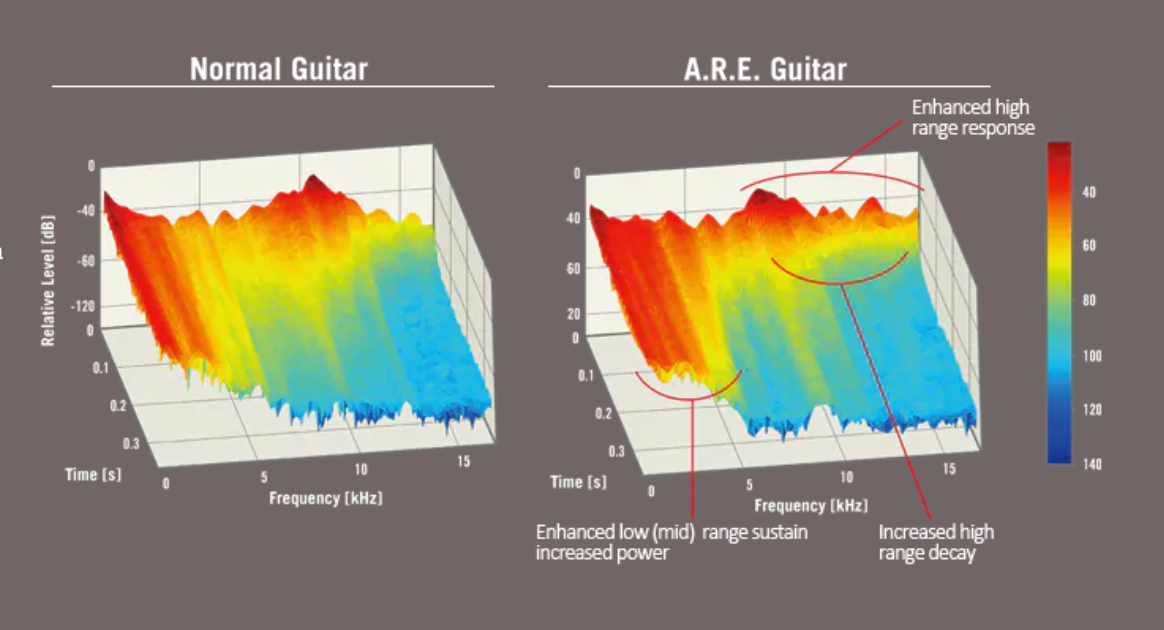
Another major factor in tonality is the internal design of guitar bodies — their bracing in particular. This impacts how the sound from the strings resonates through the instrument’s body and therefore has a significant effect on the tone. Yamaha A5 Series guitars incorporate scalloped bracing for the top of the guitar and shorter-than-normal bracing for the back. The result is a louder and fatter lower-midrange response. LL Series guitars, on the other hand, are constructed with modified non-scalloped bracing, which results in a bright tone with enhanced low end. Note that neither design is “better” or “worse”; they’re simply different.

Better Feel
There are many different acoustic guitar body shapes available, but for players who want access to the highest notes on the guitar, cutaway bodies allow your fretting hand to get much higher up the neck without the body getting in the way. All Yamaha A Series guitars (including the A5R ARE and A5M ARE models) feature traditional western or concert bodies with high-comfort neck profiles and cutaways that allow your left-hand better access above the 14th fret.
LL Series guitars feature 5-ply necks with a straighter-than-normal taper that makes it easier to play up high. In addition, their innovative neck design is a result of a careful evaluation of the relationship between string spacing, string height, fingerboard binding and neck taper. The result is a neck that gives you both a stable grip and excellent playability over all the frets.
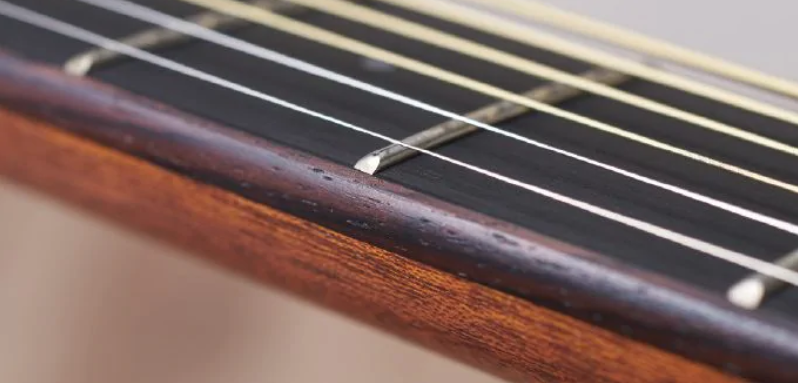
Better Looks
Step-up guitars also tend to have a more attractive finish and trim than entry-level instruments. For example, the Yamaha LL56 Custom ARE and LL36 ARE models feature a natural nitrocellulose lacquer finish and sport luxury abalone inlay. A5 Series guitars are slightly darker and more orange in color, and their necks feature artful inlay designs and a distinctively shaped pickguard that adds to the eye-candy factor.
Better Craftsmanship
Needless to say, premium instruments tend to be better constructed than entry-level or intermediate ones, which translates to greater durability. Barring unforeseen accidents, you can expect a premium guitar to last a lifetime … or even longer!
And when it comes to building any kind of musical instrument, experience matters. Yamaha has been making guitars since the 1940s. In 1965, the company’s Guitar Research Division was established, bringing in master luthier Antonio de Torres from Spain to consult on classical guitar design. The very next year, Yamaha introduced the classic FG180 and FG150 steel-string acoustic guitars, which today have become collectors’ items.
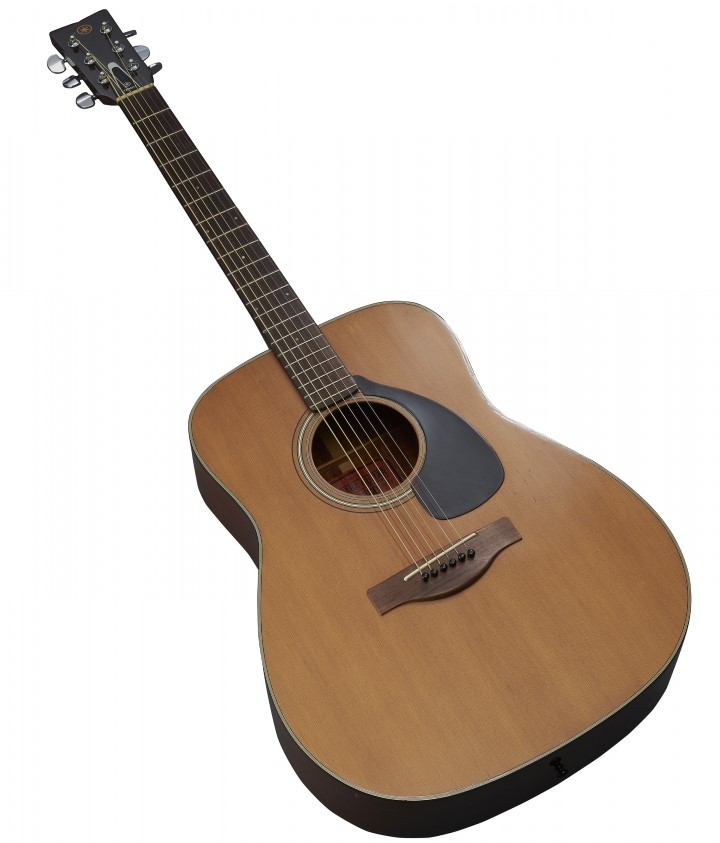
In 1974, the L31 — the first instrument in the L Series of professional-level acoustic guitars designed for both recording and live performance — was launched. In 1983, the company added acoustic-electric instruments to its lineup, with A Series guitars introduced in 2011.
Over the years, Yamaha has continued to constantly refine and improve its guitar-building capabilities. Today, the company’s luthiers imbue their acoustic guitars with the best of both worlds: cutting-edge technology and hands-on old-school craftsmanship. As an example, they pre-match the wood for guitar necks and bodies early in the manufacturing process, ensuring the best possible neck-body joint for structural stability.
Better Technology
If you plan to use your guitar for live performance, your best choice in a step-up instrument would be an acoustic-electric model. These instruments have built-in pickups so that you aren’t entirely reliant upon a microphone to amplify its signal. Needless to say, the electronics in these kinds of guitars are an essential part of the package. You want a pickup system that will offer ease of use, authentic sound and feedback-reduction features. By stepping up to an A5 Series or LL Series guitar, you’ll get an instrument with SRT2 electronics, the top-of-the-line system offered by Yamaha.
This innovative technology starts with an internal pickup that has individual piezo elements for each string, which yields a more accurate tone than typical “slab-type” piezo pickups. But that’s only one facet of the system. You can also mix it with (or switch entirely to) the modeled tones of an acoustic guitar recorded in a professional studio with high-end microphones from respected manufacturers like Neumann and Royer. Being able to blend the miked tone with that from the SRT2 pickup gives you an exceptionally wide range of sonic options.
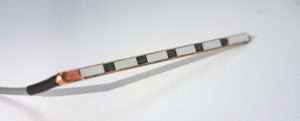
In addition, the SRT2 system provides extensive tone control, with separate knobs for Volume, Treble, Bass and Blend. Pressing the Bass knob turns on Auto Feedback Reduction, which automatically detects and cuts frequencies that are feeding back.
Want even more innovation? Imagine an acoustic guitar that lets you play with reverb and chorus effects even when it’s unplugged. Yamaha TransAcoustic guitars can do just that, thanks to a tiny built-in component called an actuator, which uses the guitar body to create true reverb and chorus effects that you can blend with the acoustic sound. These guitars also have built-in piezo pickups, giving you the ability to send the blend of guitar and effects to external amplifiers. The LL-TA model has TransAcoustic technology incorporated. Naturally, it also provides all the premium LL Series features, such as an A.R.E.-treated solid Engelmann spruce top and modified non-scalloped bracing, as well as that big LL sound.
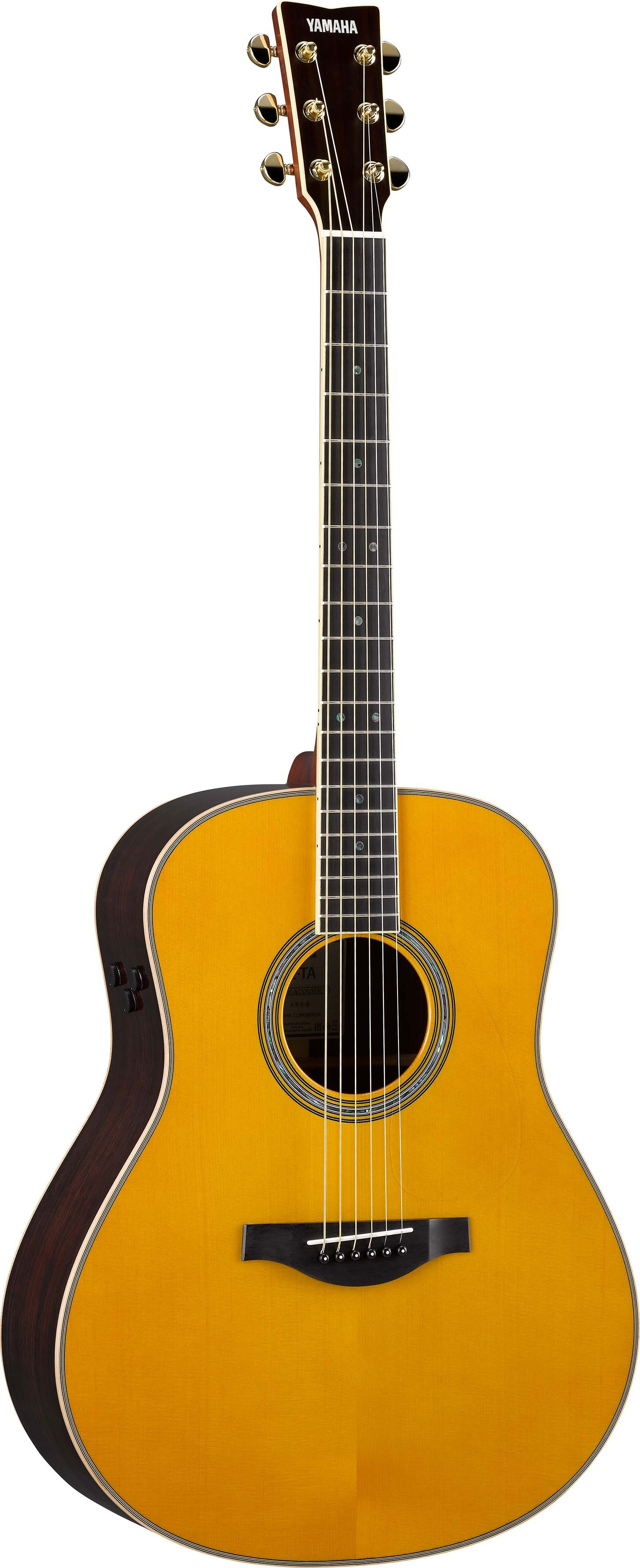
Thanks in large part to the company’s vast experience and expertise in guitar building, premium-quality Yamaha acoustics provide an unbeatable combination of tone, playability, durability, looks and value. If you’re looking to step up when it comes to your acoustic guitar, be sure to check them out!
Click here for more information about Yamaha A5 Series guitars.
Click here for more information about Yamaha LL Series guitars.
Click here for more information about the full line of Yamaha acoustic and acoustic-electric guitars.











